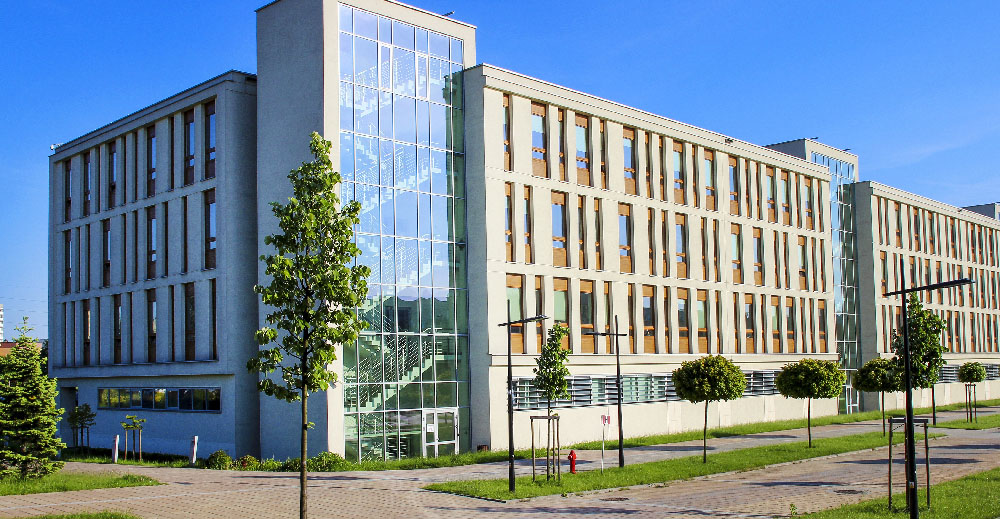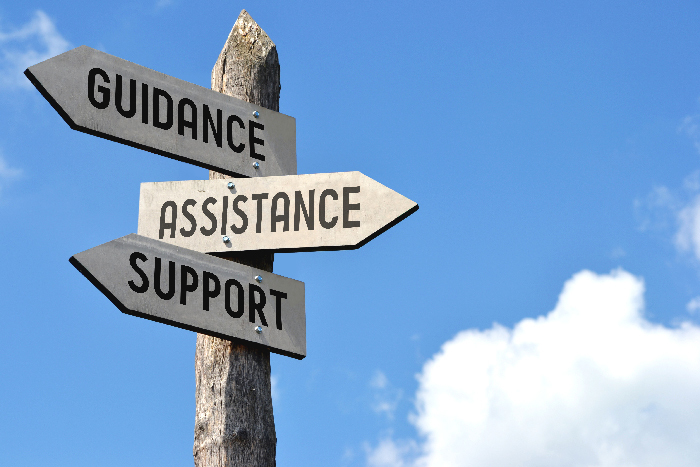
Semiannual Facility Inspections
The Health Research Extension Act, Animal Welfare Regulations, and PHS Policy require that IACUCs conduct semiannual facility inspections.
In the report Reducing Administrative Burden for Researchers: Animal Care and Use in Research, developed in response to the 21st Century Cures Act, OLAW and USDA have clarified existing flexibilities for conducting semiannual facility inspections while maintaining protection for research animals and data integrity (see NOT-OD-24-075).
On this page:
Policies and Laws

Health Research Extension Act of 1985 Sec. 495 (b)(3)(A): "Each animal care committee of a research entity shall review the care and treatment of animals in animal study areas and facilities of the research entity at least semiannually to evaluate compliance with applicable guidelines established under subsection (a) for appropriate animal care and treatment;"
PHS Policy IV.A.2.: "Each institution must assure that its program and facilities are in one of the following categories:
Category 1 - Accredited by the Association for Assessment and Accreditation of Laboratory Animal Care International (AAALAC). All of the institution's programs and facilities (including satellite facilities) for activities involving animals have been evaluated and accredited by AAALAC, or another accrediting body recognized by the PHS.4 All of the institution's programs and facilities (including satellite facilities) for activities involving animals have also been evaluated by the IACUC and will be reevaluated by the IACUC at least once every six months, in accordance with IV.B.1. and 2. of this Policy, and reports prepared in accordance with IV.B.3. of this Policy.
Category 2 - Evaluated by the Institution. All of the institution's programs and facilities (including satellite facilities) for activities involving animals have been evaluated by the IACUC. These programs and facilities will be reevaluated by the IACUC at least once every six months, in accordance with IV.B.1. and 2. of this Policy, and reports will be prepared in accordance with IV.B.3. of this Policy. The most recent semiannual report of the IACUC evaluation shall be submitted to OLAW with the Assurance."
PHS Policy IV.B.: "As an agent of the institution, the IACUC shall with respect to PHS-conducted or supported activities:
2. inspect at least once every six months all of the institution's animal facilities (including satellite facilities) using the Guide as a basis for evaluation;
3. prepare reports of the IACUC evaluations conducted as required by IV.B.1. and 2. of this Policy, and submit the reports to the Institutional Official; 8 "
Definitions
PHS Policy III.B.: "Animal Facility - Any and all buildings, rooms, areas, enclosures, or vehicles, including satellite facilities, used for animal confinement, transport, maintenance, breeding, or experiments inclusive of surgical manipulation. A satellite facility is any containment outside of a core facility or centrally designated or managed area in which animals are housed for more than 24 hours."

Guidance
| Notice Number | Description | Date |
|---|---|---|
| NOT-OD-24-075 | Guidance on Flexibilities for Conducting Semiannual Inspections of Animal Facilities (This replaces rescinded Notice NOT-OD-21-164 with the same name and the associated clarification NOT-OD-22-048) | March 22, 2024 |
| NOT-OD-00-007 | Office of Extramural Research Guidance Regarding Reduction of Regulatory Burden in Laboratory Animal Welfare | December 21, 1999 |
Resources
FAQs
FAQ E.1 Should the IACUC inspect laboratories or other sites where investigators use animals?
FAQ E.2 How does the IACUC distinguish between significant and minor deficiencies?
FAQ E.3 May the IACUC use an AAALAC International site visit as its semiannual evaluation?
FAQ E.4 Is the IACUC required to inspect field study sites?
While semiannual IACUC inspections of field study sites are not required and in many circumstances are impractical, IACUCs should be apprised of the circumstances under which studies are conducted so that they can consider risks to personnel and impact on study subjects. This may be partially accomplished by written descriptions, photographs, or videos that document specified aspects of the study site. The IACUC should also ensure that appropriate permits are in place. USDA animal welfare regulations exempt areas containing free-living wild animals in their natural habitat from inspection [See Quick Reference Guide: 9 CFR, Part 2, Section 2.31(c)(2)].
See also FAQ A6: Does the PHS Policy apply to research that is conducted in the field?
Webinars
| Webinar Link | Webinar Date |
|---|---|
| Facility Inspections | June 28, 2018 |
| Physical Plant Issues | March 11, 2010 |
| What Every IACUC Should Know About AAALAC International | June 11, 2009 |
Articles
| Title | Description | Date |
|---|---|---|
| Lab Animal 49(08) | Algae in abundance: au natural, or a violation of Xenopus husbandry standards? | 2020 |
| Lab Animal 41(3) | Disagreement between the IO and IACUC | 2012 |
| Lab Animal 41(2) | IACUC approval of SOPs. | 2012 |
| Contemporary Topics 36(2): 47-50 | Question 8: In conducting its semiannual facility reviews, is it necessary for our IACUC to consider laboratories or other sites where animal procedures or holding activities are conducted only sporadically or for periods of less than 24 h? How does our IACUC determine whether to follow the requirements of the PHS or the USDA regarding the definition of “study area”? | 1997 |
| ILAR News 33(4): 67-70 | Question 5: In fulfilling its requirements under PHS Policy and USDA regulations, must the IACUC inspect every laboratory or other site where investigators use animals? | 1991 |
| ILAR News 33(4): 67-70 | Question 6: The PHS Policy requires semiannual IACUC inspection of all facilities where animals are held for 24 hours or more, while the USDA regulations require such inspection of sites where animals are kept for 12 hours or more. How should our IACUC deal with this discrepancy? | 1991 |
| OPRR Reports 90(2) | Dear Colleague letter regarding the semiannual report to the Institutional Official | 1990 |
Sample Documents and Landing Pages
| Title |
|---|
|







